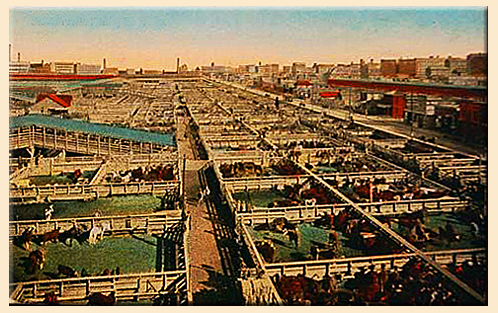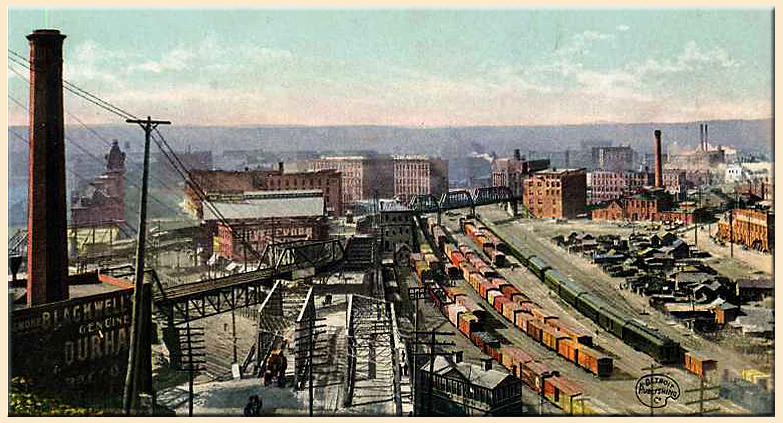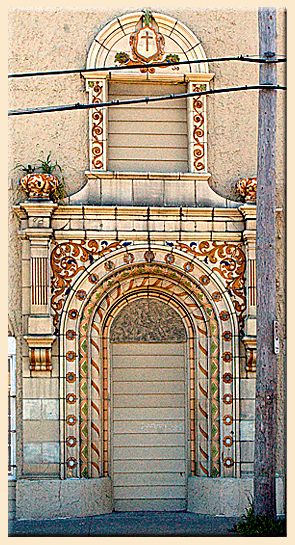But those who, like the middle-aged Hemingway, found the city drab could fantasize about finding a more exotic life at "The Alps" on West 36th, "The Bermuda" on East 39th, "The Bombay" on Central, "The Budapest" on Euclid, "The Locarno" on Ward, or "The Madrid" on Brush Creek Parkway. Francophiles could daydream about "The Biarritz" and "The Riviera" on Ward, "The Normandy" and "The Versailies" on 11th Street, or "The Paris" on Walnut. And "The El Dorado" on Benton, "The Arcadia" on Admiral, or "The Utopia" on East 9th promised even more ultimate escapes.
Rather than the city's large and luxurious "apartment hotels", the grandest-sounding building names often referred to the "flats" that, along with frame bungalows, were staple housing for Kansas City's working and middle classes. During the 1920s and '30s, flats were often brick "six packs", three stories tall with two long, narrow front-to-rear apartments per floor, a center hall stair, and sometimes a basement apartment for the janitor. Although six pack flats came in all architectural styles, their common element was twin tiers of front balconies.
Although the Kansas City six pack is not yet an endangered architectural species, distinctive examples are lost every year. Our slideshow below is a tour of some iconic six packs that stradle the border between survival and removal today.



